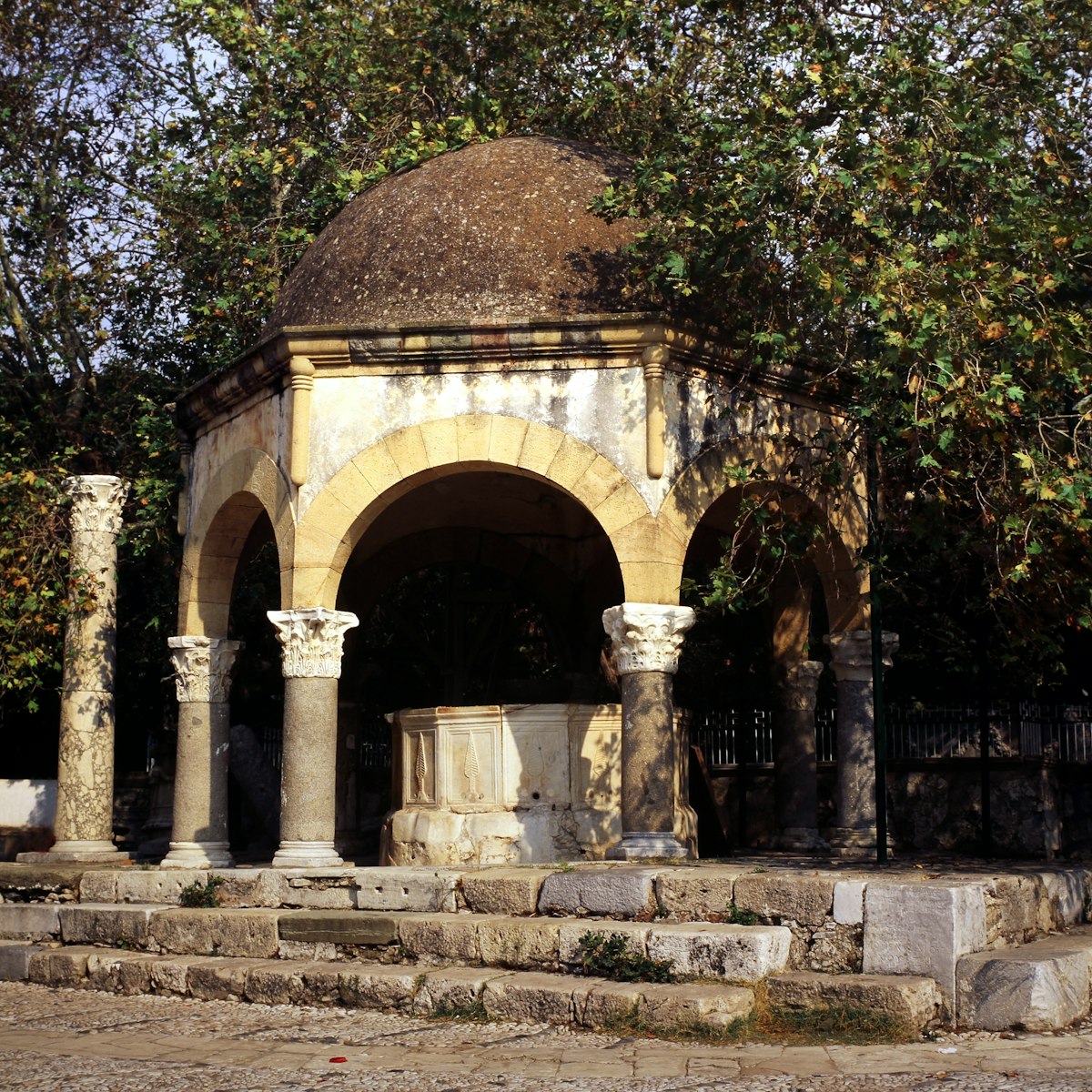Bodrum's magnificent waterfront castle, built by the Knights Hospitaller, dates back to the 15th century. It houses the excellent Museum of Underwater Archaeology (Sualtı Arkeoloji Müzesi), arguably the most important museum of its type in the world. However, at the time of research, the castle and museum were only partially open, with a lengthy €25 million restoration ongoing.
Based on Rhodes, the Knights Hospitaller built the castle during Tamerlane's Mongol invasion of Anatolia in 1402, which weakened the Ottomans and gave the order an opportunity to establish a foothold here. They used marble and stones from Mausolus' famed Mausoleum, which had collapsed in an earthquake, and changed the city's name from Halicarnassus to Petronium, recalling St Peter. By 1437, they had finished building, although they added new defensive features (moats, walls, cisterns etc) right up until 1522, when Süleyman the Magnificent captured Rhodes. The Knights were forced to cede the castle, and the victorious Muslim sultan promptly turned the chapel into a mosque, complete with new minaret. For centuries, the castle was never tested, but French shelling in WWI toppled the minaret (re-erected in 1997).



